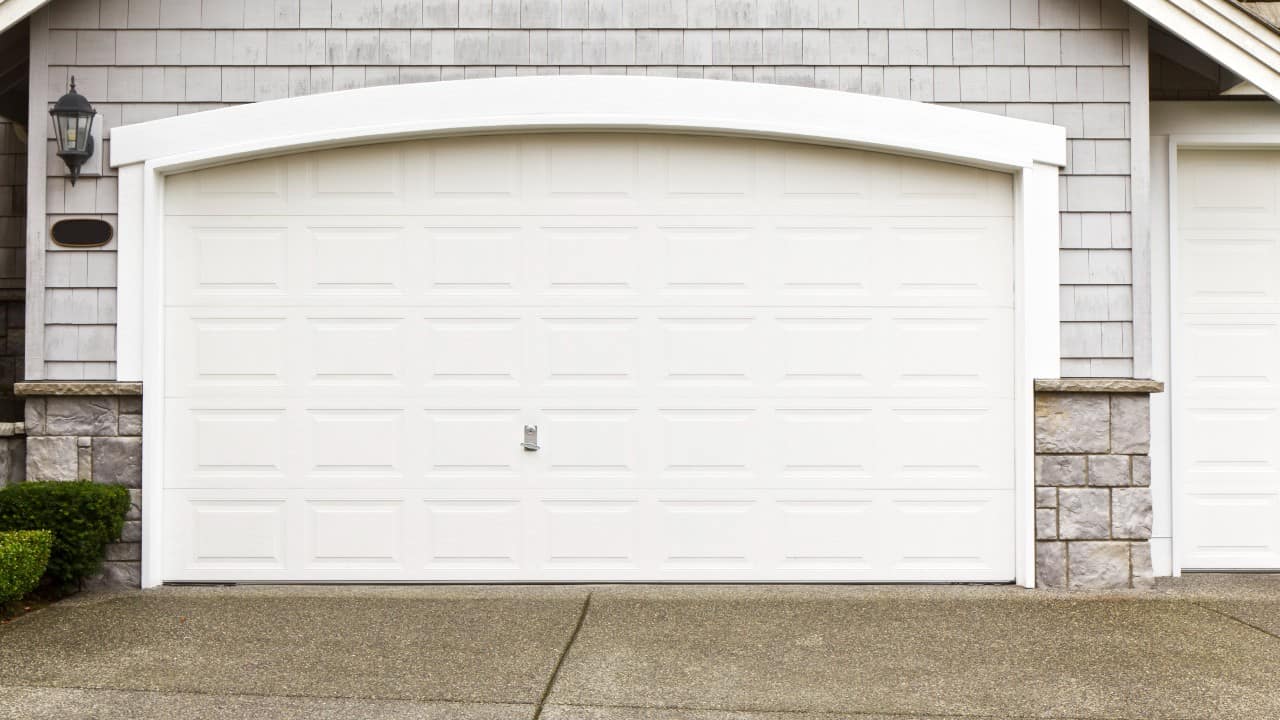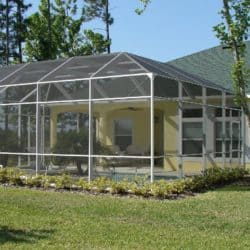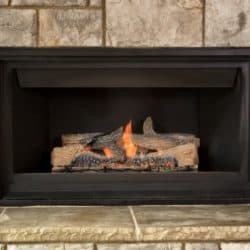With so many options available on today’s market, looking for an ideal solution for your garage heating needs can be quite exhausting. Many homeowners choose to go with a propane heater, and if you’re one of them, you’re probably wondering whether these kinds of devices need to be vented.
Truth be told, most heating devices – including propane garage heaters – require proper ventilation in order to provide the best results.
To put it simply, propane heaters require oxygen to “breathe”. When placed into a garage, a propane indoor space heater will use the exact same oxygen that you’re breathing.
In addition, without adequate ventilation, you will be risking extremely dangerous carbon monoxide poisoning. And that’s precisely why having proper ventilation for this kind of heating system is crucial.
But how exactly does one vent a propane heater? Is running one of these devices in a closed garage a good idea? To find answers to these and other important questions, keep reading.
Contents
How Do Propane Heaters Work?
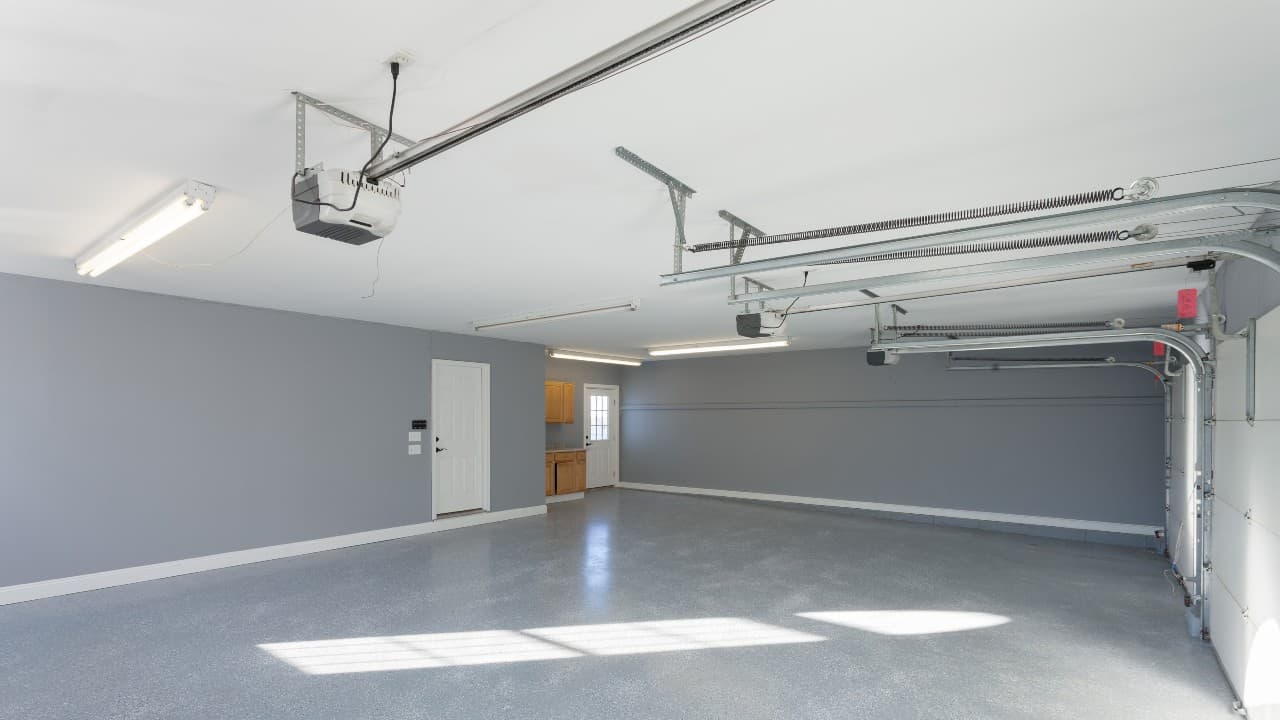
Before we move on to the topic of the importance of ventilation, let’s take a closer look at how a propane heater works. By doing so, we’ll learn everything about the potential dangers that come with using one of these devices.
Fuel
To heat one’s home, these devices use propane fuel, as their name suggests. Although propane typically comes in gas form, propane garage heaters use it in liquid form.
An important thing to mention here is that propane doesn’t act on its own. Outdoor and indoor propane heaters also use butane, propylene, and other compounds.
Igniter
A propane gas heater needs to start a flame in some way. Most propane heaters do this by using a device called the piezoelectric igniter.
Also, there is always some kind of material – typically quartz crystal – with electricity-developing potential. The aforementioned piezoelectric igniter, which has a spring-loaded hammer as a part of its mechanism, strikes this material through a spring-loaded action and creates a spark, which, in turn, ignites propane.
Heat Distribution
It goes without saying, but the process of ignition on its own can’t do much.
To spread the flame out, a propane garage heater will typically use a porcelain element. This part allows the appliance to efficiently distribute the propane’s heat.
Safety
This is where we come to a very important topic – the safety concerns related to how a propane garage heater ignites a flame.
As a product of incomplete combustion, carbon monoxide always brings the risk of carbon monoxide poisoning when it appears in enclosed spaces. So, if you’re planning to buy a propane heater and place it in your garage, you need to be very careful about what kind of propane heater you’re going to purchase.
Obviously, an indoor propane space heater will be safe to use anywhere in the house. Some other types of propane heaters, however, won’t – for the reasons discussed above.
In addition, using propane heaters not only introduces the risk of a carbon monoxide hazard but also of leakage. As you can already guess, leaked propane can lead to a fire. It can also cause an explosion, in the worst case.
Ventilation
Now that I’ve covered the potential dangers that come with using a garage propane heater, it should make clear sense why these devices have to have enough ventilation.
You’ll need to immediately stop using your garage propane heater if you notice that it’s leaking. To vent the gas outside, open all the doors and windows of the room in which the propane heater is located.
Can I Run My Propane Heater in a Closed Garage?
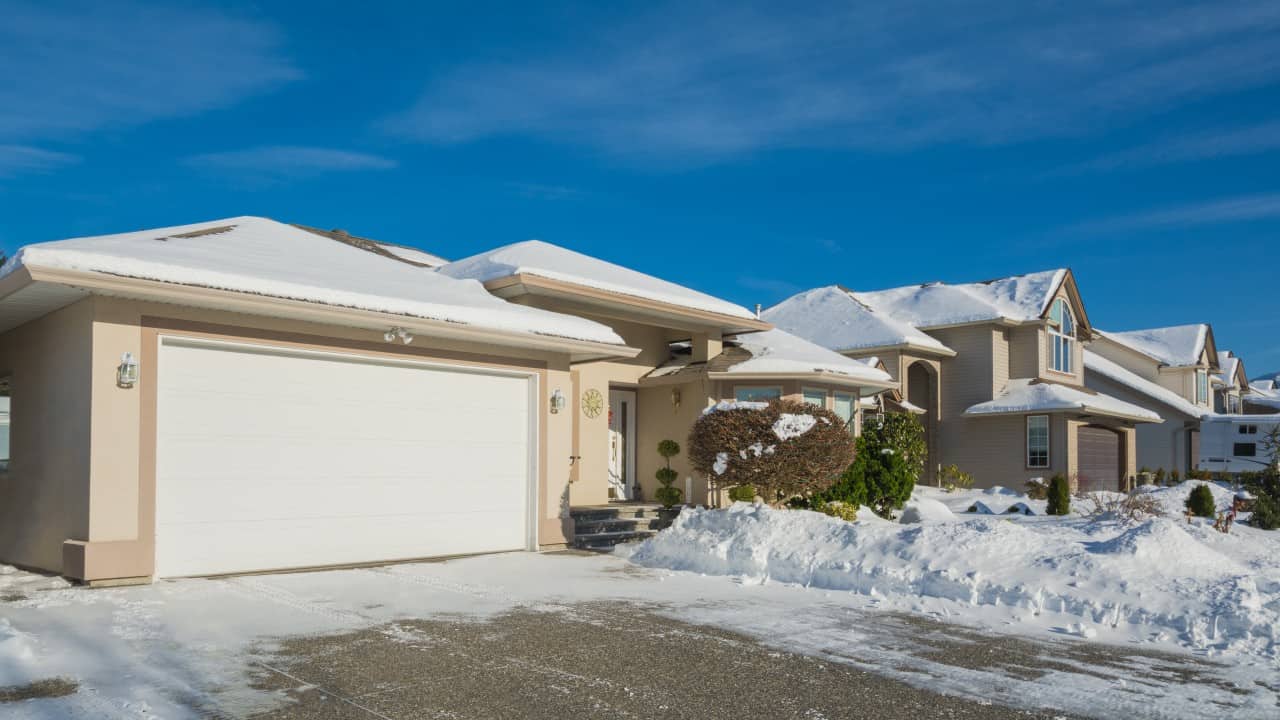
Running a propane heater in a closed garage is not recommended due to a number of safety reasons. This is especially true when it comes to small garages with inadequate ventilation.
If you have no other choice but to use it in a closed garage, make sure to never leave your indoor propane heater unattended.
Also, as I mentioned above, the answer to the question of whether you should use a propane heater inside a garage at all will depend on what type of this device you’ve purchased or you’re planning to purchase.
As far as I’m concerned, the kind of propane heaters that are the safest to use in garages is the ones whose fuel source (the propane tank) is located on the outside. Even though it can be quite pricey, this kind of vented propane heater can be safely used inside a garage.
Indoor Propane Heater
Another type of propane heaters homeowners can use in their garages are portable propane heaters.
Carbon monoxide, created by the aforementioned incomplete combustion process, is not something you’ll have to worry about as long as you’re allowing oxygen to come into the garage, i.e. if you have a good venting system there.
To be completely safe, however, install carbon monoxide detectors.
But still, I think it’s pretty safe to say that carbon monoxide always presents a potential danger. As I said earlier in the article, a garage propane heater “breathes” the same garage oxygen that you’re breathing when you’re there. That is precisely why a vast majority of these devices come equipped with low-oxygen safety shut-offs.
In any case, having proper ventilation in the garage in which the propane heater will be located is crucial. One can quickly deplete an enclosed room of oxygen when working in it, so it’s very important to ensure adequate ventilation in the garage before placing a propane heater there.
So, Does a Propane Garage Heater Need to be Vented?

In short, yes – a propane garage heater has to be vented in order to ensure the complete safety of all those spending time in that room.
A propane garage heater will typically be equipped with an automatic shut-off feature (in case it tips over), overheat protection, and a low-oxygen sensor. Even so, to vent a propane heater properly, I would recommend placing it as close as possible to a source of ventilation (such as a window).
In addition, I would advise placing your propane garage heater as far away from flammable materials as possible. Make sure that it’s on a flat surface and that it’s facing that part of your garage that requires more heat than the others.
All of this should be more than enough to provide your propane garage heater with adequate ventilation. For even more ventilation, leave the garage door open a little (if the weather allows you to do so).
How Much Ventilation Will I Need For My Propane Garage Heater?
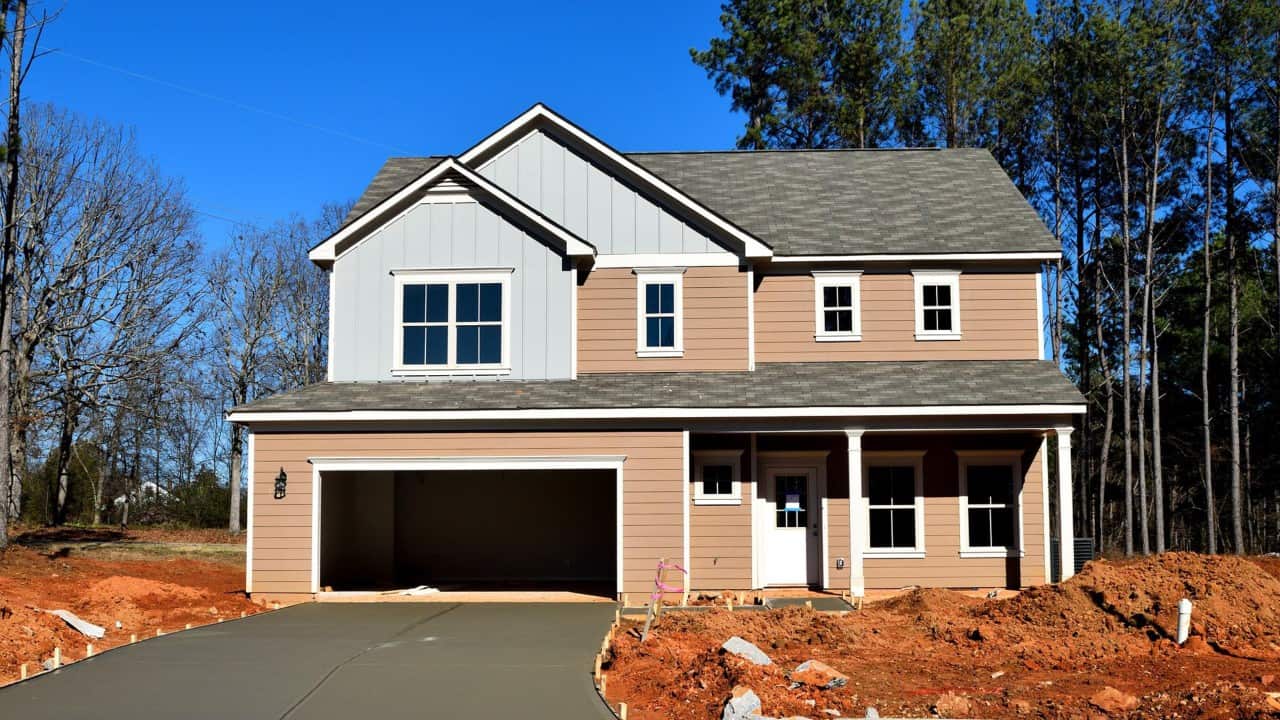
Unlike electric garage heaters (which are, by the way, more expensive to operate), a garage propane heater will almost always be equipped with a low-oxygen sensor.
However, people can often tell that there’s not enough oxygen in the room before the aforementioned sensor alarms them about it. A variety of physical symptoms may appear, including rapid heart rate, rapid breathing, general clumsiness, and others.
Unfortunately, this is not always the case. Sometimes, people notice that the room – in this case, the garage – is running low on oxygen only when it’s too late.
Obviously, this begs the question – how much ventilation is enough ventilation?
Enough Fresh Air
The answer to the question posed above will mostly depend on your garage’s size. The general rule for proper ventilation of a garage is rather simple – just make sure there’s enough air.
However, since most people can’t track the amount of air they’re letting into their garages, this may sound like an unsatisfying answer.
There’s not much to worry about if you have a vented propane heater. All the propane operations are housed inside this kind of heater. Also, as its name suggests, this kind of device is designed in such a way that it will vent carbon monoxide to the outside.
To vent ventless propane heaters, on the other hand, homeowners have to use open windows and doors as the primary source of ventilation.
In the end, the best answer to the question posed above is as follows – the more heat you need inside your garage, the more ventilation will be required. Owners of larger garages will likely have to couple their existing ventilation systems with open doors and windows.
Ensuring Your Safety
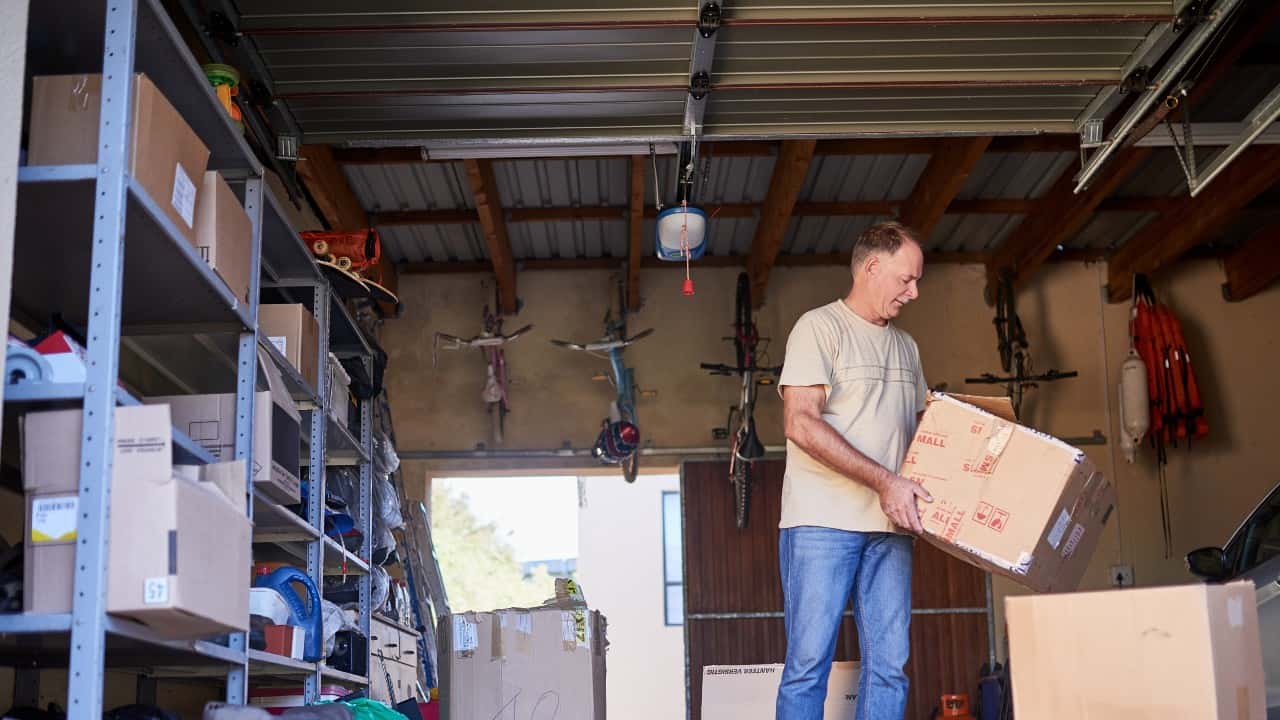
Even with all that I said above, it can still be quite difficult to determine whether you’re providing your propane heater with an adequate amount of ventilation.
Because of this, I would highly recommend installing a carbon monoxide detector inside your garage – you want to keep the chances of potential carbon monoxide poisoning at a minimum. Also, make sure to hire a professional and have them check whether your propane garage heater is working properly in general.
One very important thing I have to mention here is that a sure sign that your heater’s burner is not working correctly (i.e. it’s generating more carbon monoxide than it should) is a yellow flame.
If this happens, the aforementioned low-oxygen sensor should kick in. But, as I said a few times throughout the article, the danger of carbon monoxide poisoning is always there.
For that matter, make sure to always keep a close eye on your garage propane heater – relying just on the oxygen depletion system alone is a bad idea. And once again, keep the device as far away from combustible materials as possible.
Finally, to achieve the best results and get enough heat out of your propane heater, you should thoroughly read the instruction manual – which will come together with your model – before actually setting the device up.
You can always seek advice from propane service experts as well.
The Takeaway

Using a propane heater is an efficient and affordable way to turn your garage into a heated space.
Depending on the size of your garage, using just the already-existing venting system may not be enough. You may also have to keep all or some of the doors and windows of your garage open. This is especially important if you have – or if you’re planning to buy – a ventless propane heater.
Hopefully, the information I provided in this article will help you vent a propane heater in a manner that will keep all the aforementioned dangers and hazards at bay.
